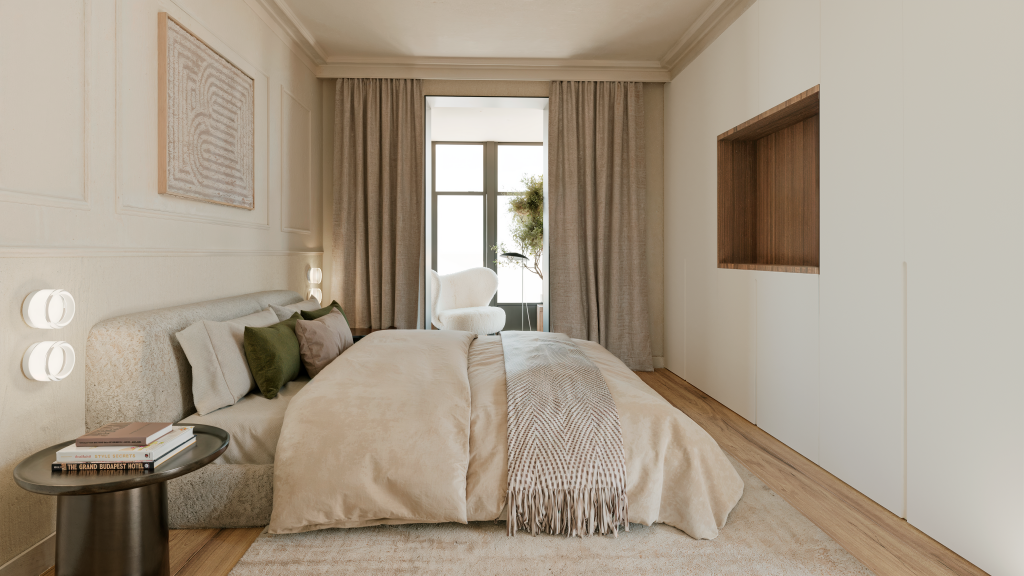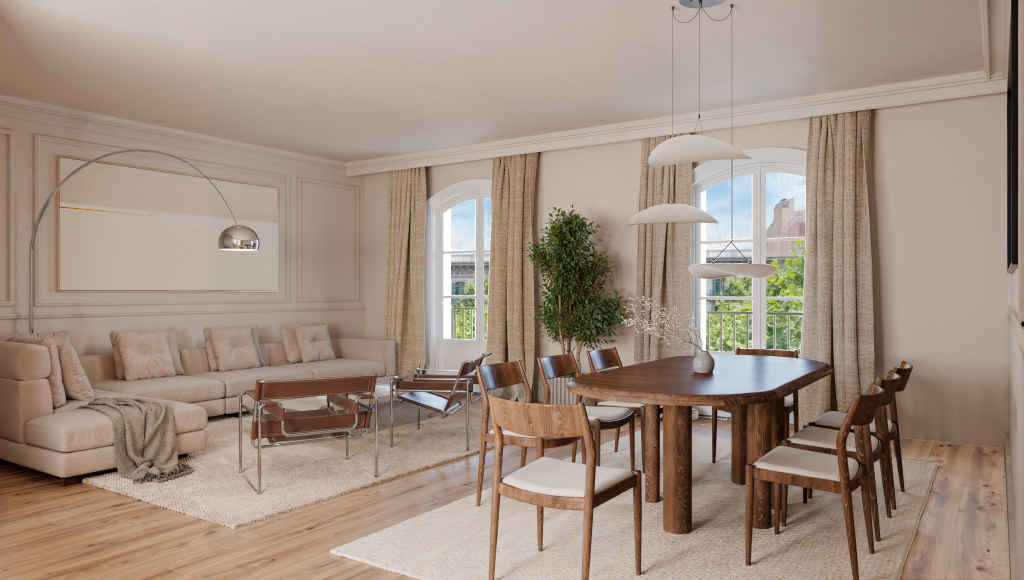The Architecture of the Future Embraces the Movement
In today’s world of architecture and real estate marketing, it’s no longer about choosing between a still image or a 3D animation. Both formats, once divided by technical or logistical constraints, now coexist seamlessly within the most advanced visual strategies.
Thanks to technological innovation and the rise of artificial intelligence, 3D animations are no longer a privilege reserved for a few. They’ve become an accessible storytelling tool that expands the creative possibilities of any studio or real estate project.
What was once an occasional luxury has evolved into a natural extension of architectural presentation, a way to bring a project’s vision to life, from concept to commercialization.
From Detail to Movement: Two Ways to Experience Architecture
Understanding the difference between a static rendering and a 3D animation isn’t about technical definitions, but about the kind of experience each evokes.
A static rendering is a moment of stillness, that perfect instant where light, materials, and space reach absolute harmony. It’s the image that invites viewers to pause, to explore every texture and reflection, and to imagine how a space might be lived in.
A 3D animation, by contrast, is a story in motion. The camera moves through the space, transitioning between rooms and environments while light and atmosphere evolve naturally. If the rendering is contemplation, the animation is immersion, transforming architectural design into a sensory narrative.
The Hybrid Approach
The most compelling proposals don’t choose one format over the other; they integrate both strategically. The static rendering remains the visual anchor — the master frame where the precision of design can be appreciated, while 3D animation amplifies its emotional and narrative power.
In a commercial presentation, this combination conveys professionalism and coherence: a carefully crafted image that evolves into a dynamic experience.
Studios that adopt this hybrid approach build a visual story capable of resonating with multiple audiences through a unified and recognizable visual language.
True Art Lies in Balance and Purpose
When applied thoughtfully, this balance translates into effective communication. 3D animations work exceptionally well across social media, exhibitions, and marketing campaigns, where movement and atmosphere are key to capturing attention and evoking emotion.
Static renderings, on the other hand, remain irreplaceable in brochures, catalogues, or websites, where clarity and interior detail take center stage. A well-executed interior rendering or 3D interior visualization can express the essence of a design with millimetric precision, while a 3D Architectural Animation or high-quality cinematic video invites the viewer to experience the project as if it were already real.
Ultimately, these two resources don’t compete, they complement each other, forming a complete visual narrative of contemporary architecture.
Frequently Asked Questions (FAQ)
What’s the difference between a 3D Architectural Animation and a static rendering?
While a rendering captures a single still moment with a high level of detail, 3D Architectural Animations allow the viewer to experience the project in motion; showcasing spatial flow, light, and atmosphere in a dynamic and engaging way. These 3D animation services transform concepts into immersive visual animation experiences.
When should 3D animations be used in architectural projects?
3D animations are ideal for dynamic presentations, pre-sale launches, and social media campaigns, where emotion, storytelling, and movement play a vital role in capturing attention. 3D flythrough animations and other forms of dynamic 3D animation help potential clients visualize the full experience of a project before it’s built.
Are interior renderings still necessary if I already have a 3D animation?
Absolutely. Photorealistic interior rendering and 3D interior visualization remain essential to highlight materials, textures, and design choices that might not be as noticeable in animation videos. These static images complement the 3D video narrative, offering technical precision and artistic depth.
What value does interior rendering bring to marketing a space?
High-quality Interior Rendering Services help showcase the functional and aesthetic intent of a space before construction begins. A well-crafted rendering or CGI visual allows buyers and investors to understand the project’s atmosphere, materials, and flow, enhancing its perceived value.
Why adopt a hybrid strategy that combines rendering and 3D animations?
Because each medium serves a different purpose: photorealistic renderings convey trust, precision, and quality, while 3D animations, from eye-catching 3D animation clips to high-resolution animation films, create emotion and engagement. Together, they form a cohesive 3D model of communication that bridges the gap between concept and experience.





